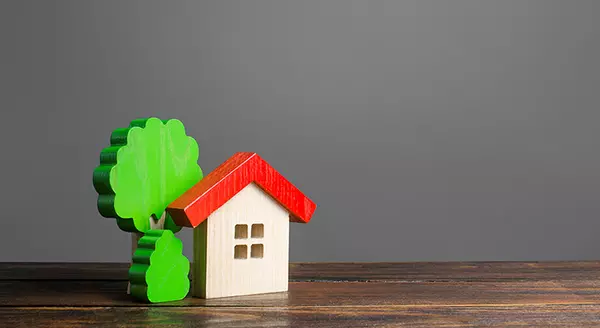Don’t Expect a Wave of Foreclosures [INFOGRAPHIC]
Some HighlightsWith ongoing high inflation pushing up everyday costs, some people are worried that'll create a flood of foreclosures. Here's why that's unlikely. Fewer people are seriously behind on mortgage payments right now. If foreclosures were going to rise a lot, more people would need to be l
People Want Less Expensive Homes – And Builders Are Responding
In today’s housing market, there are two main affordability challenges impacting buyers: mortgage rates that are higher than they’ve been the past couple of years, and rising home prices caused by low inventory. To overcome those challenges, many people are working with their agents to find less exp
Don’t Expect a Flood of Foreclosures
The rising cost of just about everything from groceries to gas right now is leading to speculation that more people won’t be able to afford their mortgage payments. And that’s creating concern that a lot of foreclosures are on the horizon. While it’s true that foreclosure filings have gone up a bit
Gregg & Trish Rosenbaum
Phone:+1(561) 301-7018


![Don’t Expect a Wave of Foreclosures [INFOGRAPHIC],KCM Crew](https://img.chime.me/image/fs/chimeblog/20230829/16/w600_original_802e83be-377a-477b-b920-f5b5cb4c4087-png.webp)

